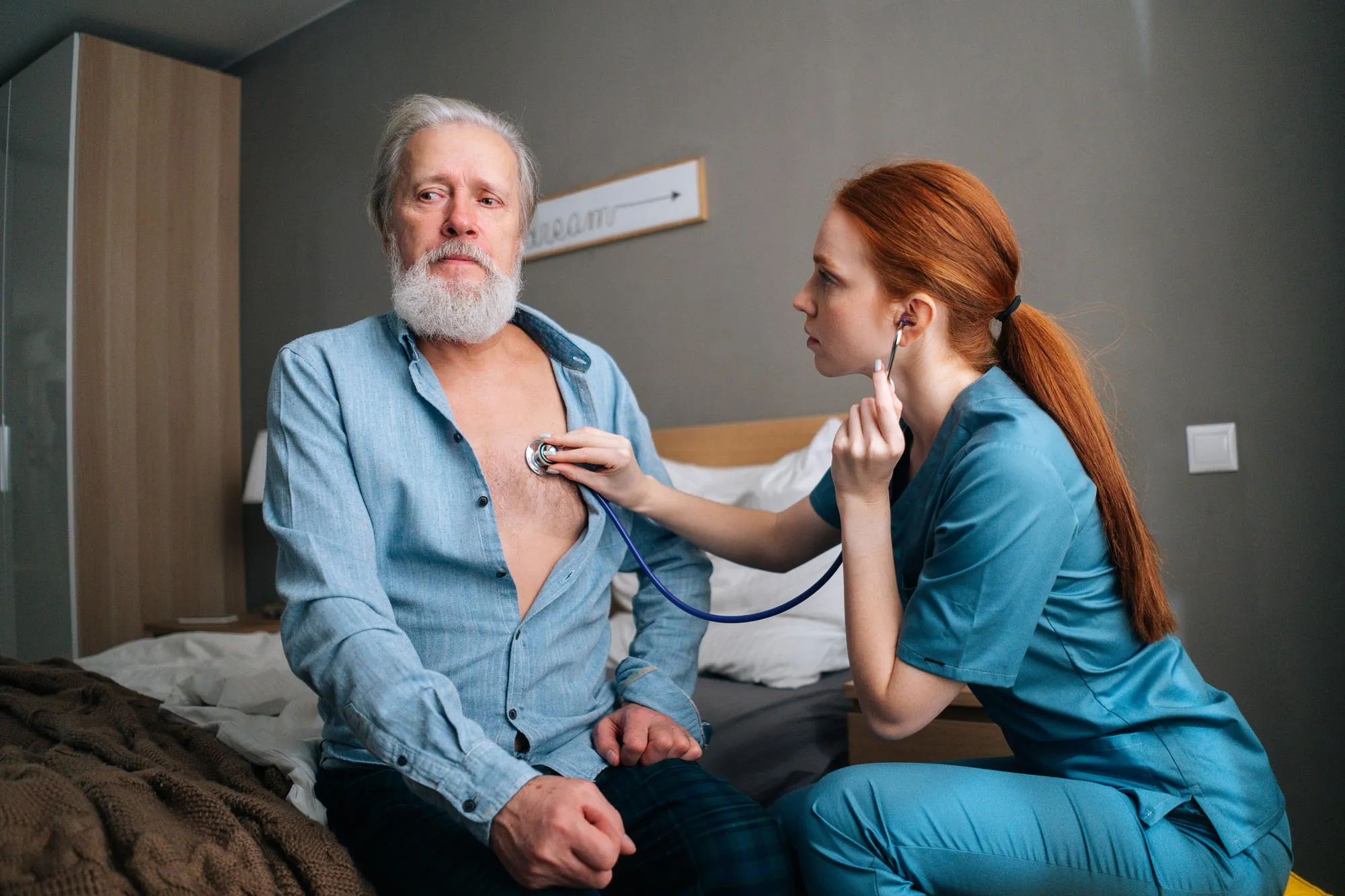Keywords
1. Leadless Pacemaker Therapy
2. Cardiac Dysfunction
3. Valvular Dysfunction
4. Nanostim Device
5. Micra Pacemaker
DOI: 10.1161/CIRCEP.118.007124
In an era where cardiac ailments and arrhythmias are increasingly managed with intricate technology, a new study hones in on the long-term implications of leadless pacemaker therapy on cardiac and valvular functions. The study, published in Circulation: Arrhythmia and Electrophysiology, delivers comprehensive insights into how the advent of these innovative devices corresponds with cardiac structure and functional changes over 12 months following implantation (DOI: 10.1161/CIRCEP.118.007124).
Traditionally, cardiac pacemakers have utilized leads that are threaded through the venous system and fixated in the heart to correct irregular heartbeats. However, this technique is known to cause tricuspid and mitral valve dysfunction, as well as cardiac impairment. Leadless pacemakers, implanted directly into the heart’s ventricle without the need for these leads, were developed to mitigate such complications.
The research team, led by Dr. Niek E.G. Beurskens and colleagues from the Amsterdam UMC’s Heart Center at the University of Amsterdam, focused on a cohort of 53 patients – 28 with a Nanostim device and 25 with a Micra pacemaker. This patient group was assessed alongside age- and sex-matched controls who had received traditional dual-chamber transvenous pacemakers.
The study found that an astonishing 43% of patients exhibited more severe tricuspid valve regurgitation (TR) after 12 months of receiving a leadless pacemaker. When the pacemakers were positioned in the RV septum rather than the apical position, the likelihood of increased TR was magnified by an odds ratio of 5.20. Mitral valve regurgitation (MR) also saw an uptick in 38% of the patients following leadless pacemaker implantation.
Echocardiographic parameters were utilized to measure cardiac function, revealing a tangible decline in right ventricular (RV) efficiency after leadless pacemaker implantation. An integral indicator of RV performance, the tricuspid annular plane systolic excursion (TAPSE), exhibited a significant reduction. The study also reported a lower RV tricuspid lateral annular systolic velocity and an elevated RV Tei index, both suggesting diminished RV functionality.
The repercussions of leadless pacemaker therapy extended to the left chamber of the heart as well. The left ventricular ejection fraction (LVEF), which represents the percentage of blood ejected from the heart with each contraction, demonstrated a decline. Concurrently, the left ventricular Tei index, a composite index constituting isovolumetric contraction, ejection, and relaxation times, also saw an increase, indicating a fateful compromise in left ventricular function.
Mirroring the data from the control group that received traditional pacemakers, the study established that the upsurge in TR was comparably distributed between the two groups (43% in the LP group versus 38% in the control group; P=0.39). Despite leadless pacemakers’ intention to reduce valvular and cardiac disturbances by removing transvalvular leads, the equivalent levels of TR suggest that other device-related factors might be contributing to valvular dysfunction.
The study sheds light on an imperative healthcare quandary; while leadless pacemakers remedy some complications associated with their leaded counterparts, they introduce new challenges to cardiac and valvular integrity. The research advocates for a cautious approach towards the adoption of leadless pacemaker therapy, underscoring the need to weigh the benefits against the potential for adverse cardiac outcomes.
As practitioners and researchers forge ahead in the realm of cardiac electrophysiology, these findings underscore the gravity of monitoring and understanding the long-term effects of such therapies. Continued vigilance in clinical follow-up and further research is critical to unraveling the complex interplay between pacemakers and heart function.
The study was robust in its execution, entailing comprehensive echocardiographic scrutiny before and after leadless pacemaker implantation, spanning from January 2013 to May 2018.
References
1. Beurskens N.E.G., Tjong F.V.Y., de Bruin-Bon R.H.A., Dasselaar K.J., Kuijt W.J., Wilde A.A.M., Knops R.E. Impact of Leadless Pacemaker Therapy on Cardiac and Atrioventricular Valve Function Through 12 Months of Follow-Up. Circ Arrhythm Electrophysiol. 2019 May; 12(5):e007124. DOI: 10.1161/CIRCEP.118.007124
2. Reddy V.Y., et al. Permanent leadless cardiac pacemaker therapy: A comprehensive review. Circulation. 2017; 135(14):1458-1470.
3. Tjong F.V.Y., &Knops R.E. Leadless pacemaker therapy: Current state and future prospects. Heart Rhythm. 2018; 15(9):1388-1397.
4. Tarakji K.G., et al. Reduced risk of infectious complications with newer-generation leadless pacemakers. Heart Rhythm. 2019; 16(7):1028-1034.
5. Duray G.Z., et al. Long-term performance of a transcatheter pacing system: 12-month results from the Micra Transcatheter Pacing Study. Heart Rhythm. 2017; 14(5):702-709.
Conclusion
The study by Beurskens et al. contributes considerably to the current understanding of the potential impact of leadless pacemaker therapy on cardiac function and valvular integrity. As the medical community continues to advance in providing optimal cardiac care, it is crucial to remain judicious in the evaluation and deployment of such innovative therapies. The journey to refine cardiac device technologies is far from over. It will demand an orchestrated effort among clinicians, researchers, and technologists to fully harness the benefits while minimizing any unintended cardiovascular consequences.
